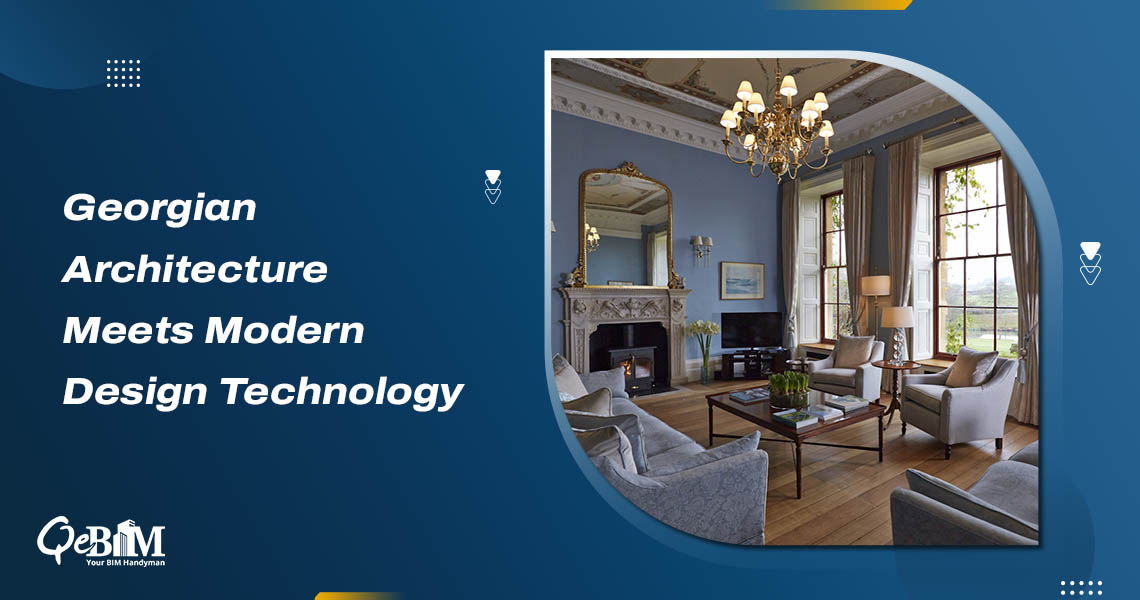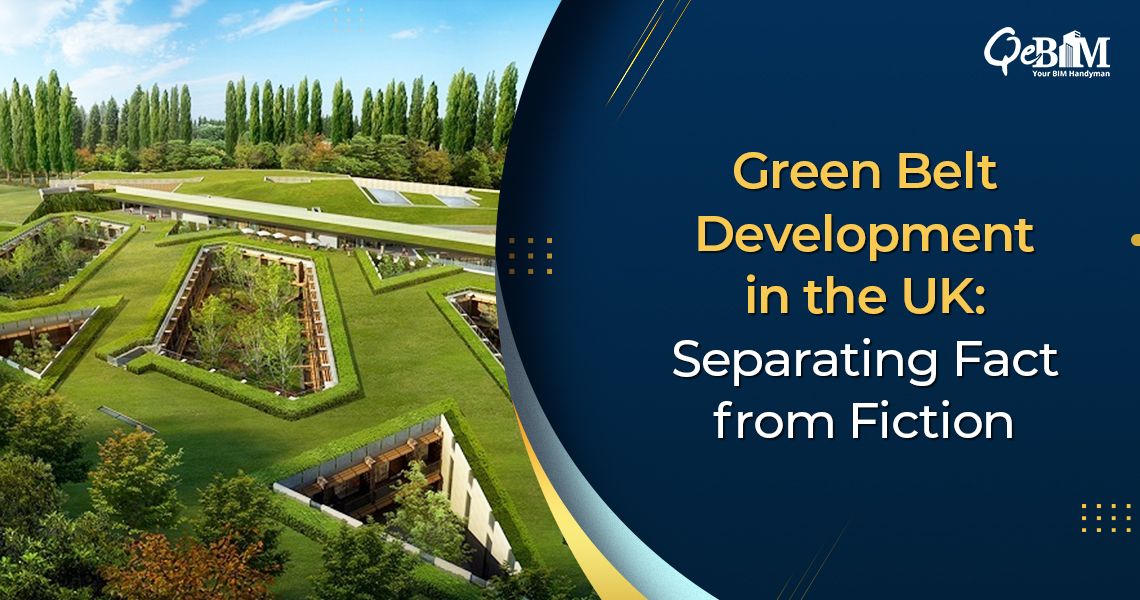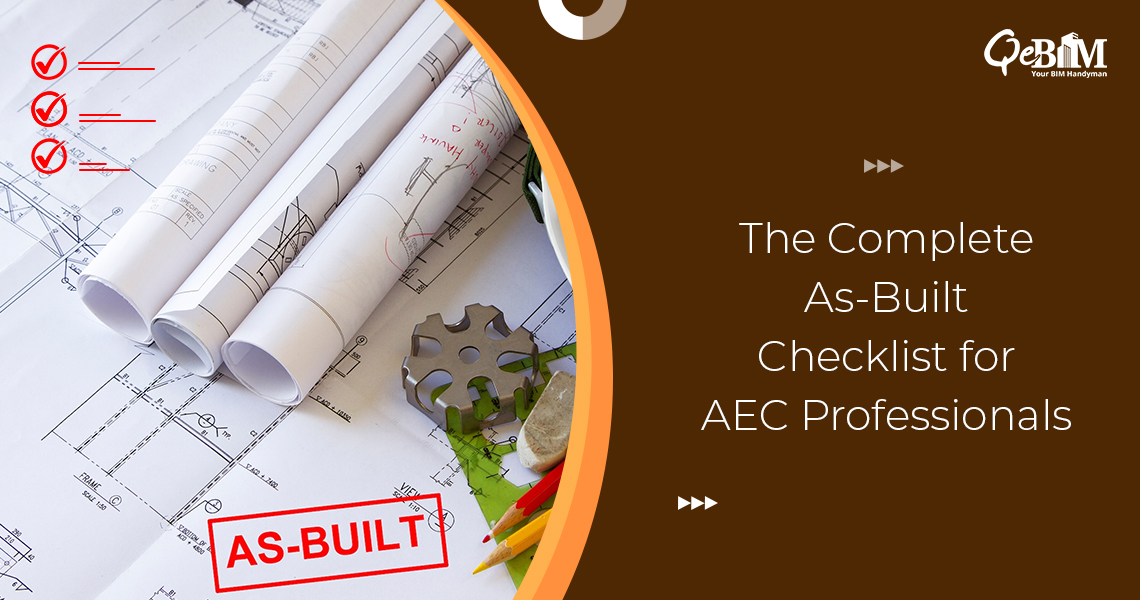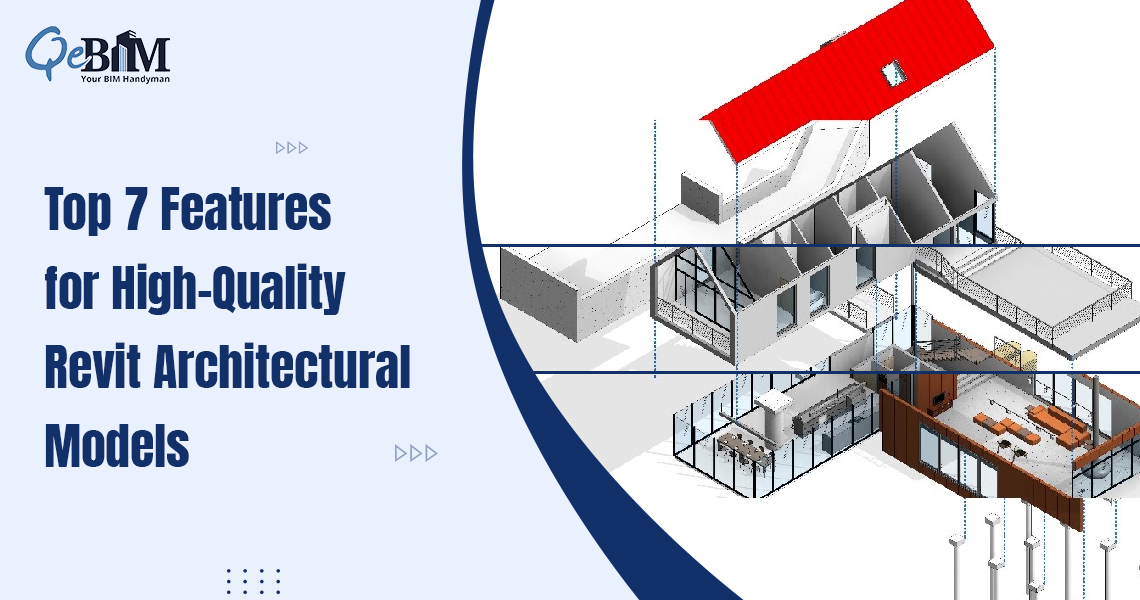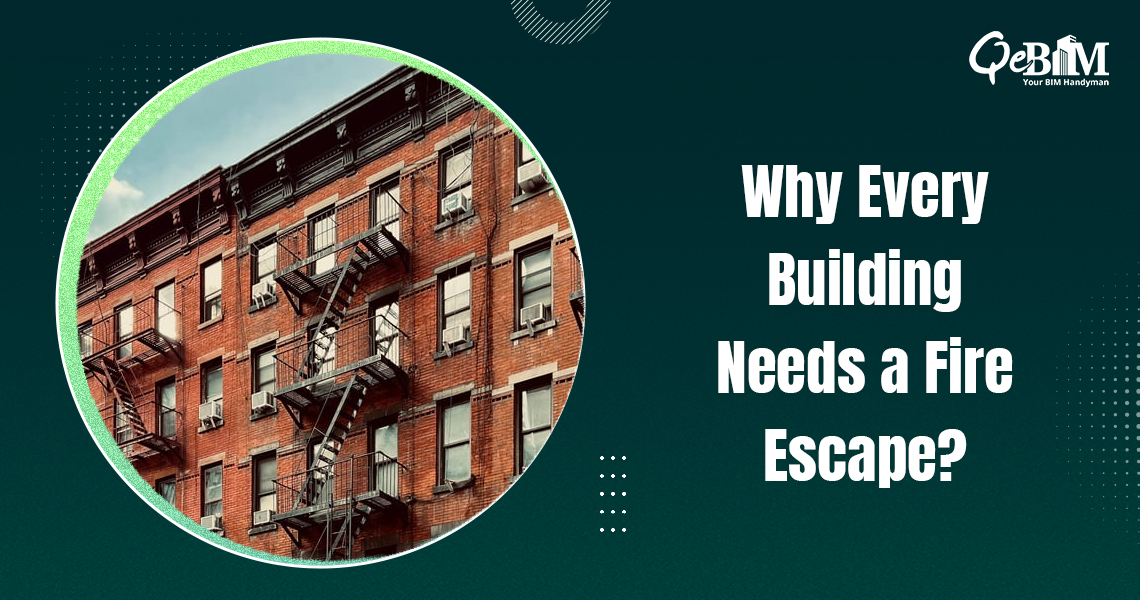Georgian architecture remains one of the most timeless and celebrated styles in the history of architectural design. Originating in Britain during the ruling of the first four King Georges (1714–1830), this architectural style is celebrated for its elegance, balance and refined proportions. Over the centuries, Georgian architecture has influenced the residential designs across the world, blending the classical elements with practicality. Today, homeowners, architects as well as the designers are rediscovering the beauty and functionality of this style, adapting it to meet the modern needs while preserving its timeless charm.
The Origins of Georgian Architecture
The Georgian style draws heavily from the principles of the classical architecture, particularly the symmetry and order inspired by the Renaissance and ancient Roman designs. Characterized by strict proportions, clean lines and a restrained decorative approach, the Georgian homes were built to convey the dignity and permanence. Brick exteriors, sash windows, decorative moldings and pedimented doors are some of the signature elements of this style.
While originally prominent in British colonies such as the United States, Georgian architecture became a symbol of refinement and wealth. Today, it’s often associated with the stately homes, heritage properties and luxury residences.
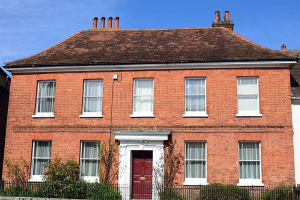
Core Features of Georgian Design
A modern Georgian home embraces the key elements of the style while adapting to the contemporary construction methods and living preferences. Some of its defining features includes:
- Symmetry and Balance – Georgian homes are known for their symmetrical façades and orderly placement of windows as well as doors.
- Brick and Stone Materials – The use of red bricks with the white accents or stone creates a clean yet textured exteriors.
- Multi-pane Windows – Typically six-over-six sash windows, these allows for the even natural lightings and classical proportions.
- Decorative Elements – Molded cornices, dentil detailing and ornamental door surrounds enhances the understated elegance of the home to a greater extent.
- Functional Interiors – Rooms are spacious, well-proportioned and even practical, with high ceilings along with the thoughtfully arranged layouts.
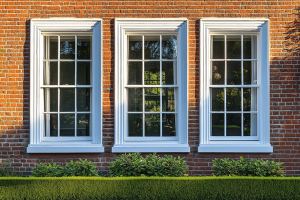
Why Georgian Architecture Works for Modern Homes?
Despite its historical roots, the Georgian architecture fits seamlessly into the modern life. Its timeless appeal is not merely aesthetic but it offers the structural efficiency and flexible space planning that suit/sync with today’s homeowners.
- Adaptability – The clean lines and neutral materials provide a versatile backdrop for contemporary interiors thereby allowing the homeowners to mix the classic architecture with the modern furnishings.
- Sustainable Living – Many Georgian-style homes incorporates the energy-efficient materials and designs while retaining their heritage aesthetics.
- Enhanced Curb Appeal – The balanced proportions and elegant details makes the Georgian homes quite visually appealing tehreby enhancing their resale value.
- Comfort and Functionality – Larger windows, optimized layouts and refined interiors creates comfortable living environments suited for the families as well as the working professionals alike.
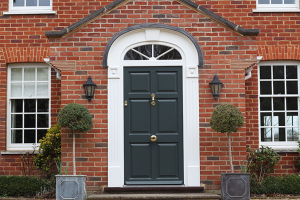
Case Study: Reviving a 19th-Century Georgian Home
Source: Research Gate
A notable example of the Georgian architecture adapted for modern living is the restoration of a 19th-century residence in London. The property, originally built in 1820, had suffered structural wear over the years and its interior layout was outdated for the contemporary lifestyles.
The project team used the Architectural BIM Services to digitally recreate the home in a detailed 3D model. This allowed the architects to accurately plan the renovations while maintaining the historical features such as the sash windows, cornices and brickwork.
With the support of BIM, the team simulated the modern systems including the heating, electrical wiring and plumbing hence ensuring that these updates integrated seamlessly without compromising on the home’s aesthetic. Not only this, the virtual walkthroughs allowed the homeowners to visualize the interior designs, experiment with the materials and make informed decisions before the construction began.
The result was a stunning blend of the history with modernity: a Georgian-style home that retained its classical charm while providing all the comforts of a contemporary residence. This project showcases how heritage architecture can thrive in today’s world with the right tools and expertise.
How Modern Tools Support Georgian Design?
Today’s architects and construction teams are increasingly using the digital design platforms to ensure that the historical styles like Georgian architecture are preserved and adapted without compromising anything. AEC firms offering the Architectural BIM Services plays a crucial role in this process by helping in translating the design intent into highly detailed models that ensures that every component right from the window placement to the roofline, is faithfully executed.
Similarly, BIM Modelling Services assist in creating accurate 3D representations of the building systems thereby enabling the architects to experiment with the materials, lightings and interior layouts before the construction begins. These modeling solutions are especially useful when integrating modern technologies such as energy-efficient systems or updated plumbing and electrical networks into the heritage-inspired designs.
By combining the tradition with technology, these services make it possible to build the Georgian-style homes that meets the contemporary standards for performance, safety and sustainability while maintaining their classic character.
Bringing Georgian Elegance into the Future
The charm of Georgian architecture lies in its ability to transcend the time. By blending the symmetry, proportion and craftsmanship, it delivers the homes that are both aesthetically pleasing and practically designed. Modern homeowners are increasingly drawn to this style because it offers a sense of permanence and tradition without feeling so outdated.
With the advancements in design technology, the architects and construction professionals are empowered to bring these homes to life with greater accuracy and efficiency. Whether renovating a historic property or building a new home, the Georgian architecture offers a refined aesthetic that complements both the tradition along with the innovation.
For those seeking a home that exudes sophistication while meeting the today’s functional demands, Georgian architecture remains an unmatched choice. Its graceful lines, thoughtful layouts and timeless elegance continues to inspire the designers and homeowners alike—and with the support of BIM, this classic style is poised to thrive for generations to come.
